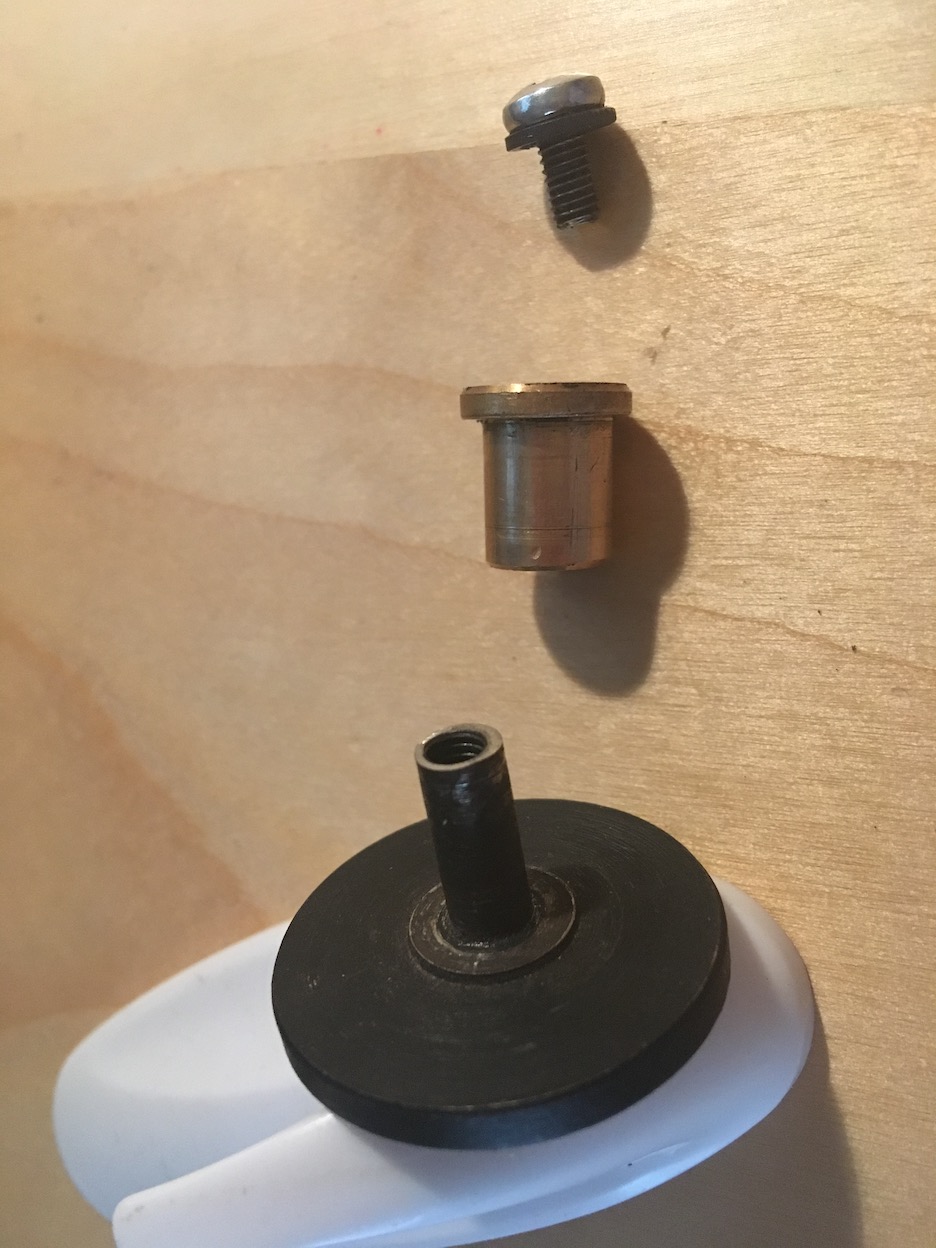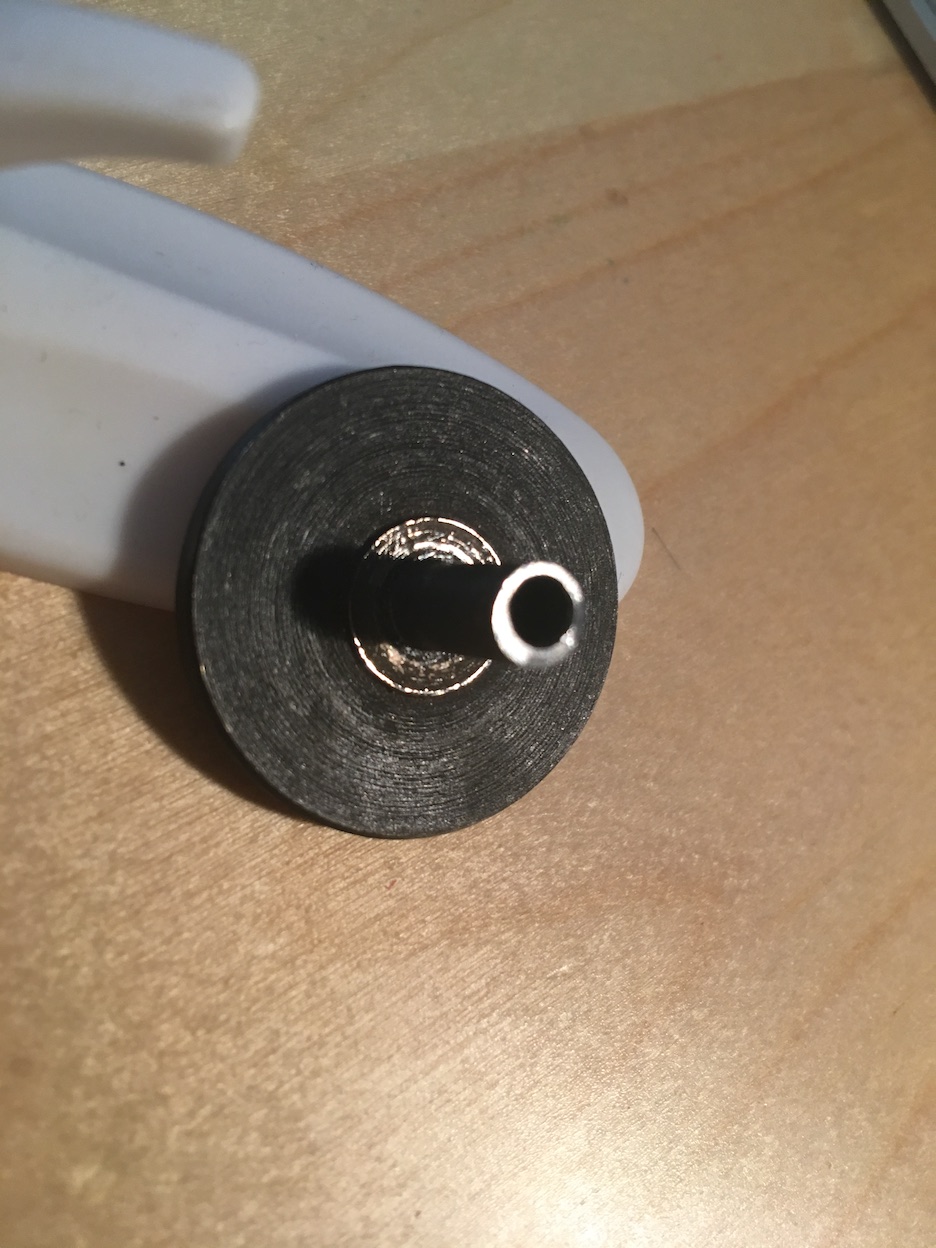Zeddedhed
Established Member
Some years ago I bought a Record BS400 bandsaw at the D&M toolshow.
Originally I managed to get it quite well set-up and was managing to re-saw some fairly thick stock quite successfully. However for various reasons it didn't get much use for the last couple of years, being mainly relegated to firewood prep duties, doing a fine job of keeping the workshop stove chuffing away.
I'm now trying to get it properly setup again and press it back into use for some resaw work and I've discovered that the side guides, both above and below the table are almost impossible to setup correctly.
The guides themselves are discs of some kind of black material, about the size of an old ten pence piece, and they obviously rotate freely. They also wobble - a lot.
If I set them to be barely touching the blade, and give the wheels a spin by hand all is well, but as soon as I fire up the machine the additional vibrations cause the wobble in the discs to allow them to come into contact with the moving blade.
It should be said that they are NOT rubbing the blade. It's more like a tinkling as the blade either brushes the top or bottom edge of the wheels, both above and below the table.
Does anyone else here have any experience setting up wobbly disc like bandsaw guides?
Originally I managed to get it quite well set-up and was managing to re-saw some fairly thick stock quite successfully. However for various reasons it didn't get much use for the last couple of years, being mainly relegated to firewood prep duties, doing a fine job of keeping the workshop stove chuffing away.
I'm now trying to get it properly setup again and press it back into use for some resaw work and I've discovered that the side guides, both above and below the table are almost impossible to setup correctly.
The guides themselves are discs of some kind of black material, about the size of an old ten pence piece, and they obviously rotate freely. They also wobble - a lot.
If I set them to be barely touching the blade, and give the wheels a spin by hand all is well, but as soon as I fire up the machine the additional vibrations cause the wobble in the discs to allow them to come into contact with the moving blade.
It should be said that they are NOT rubbing the blade. It's more like a tinkling as the blade either brushes the top or bottom edge of the wheels, both above and below the table.
Does anyone else here have any experience setting up wobbly disc like bandsaw guides?





































